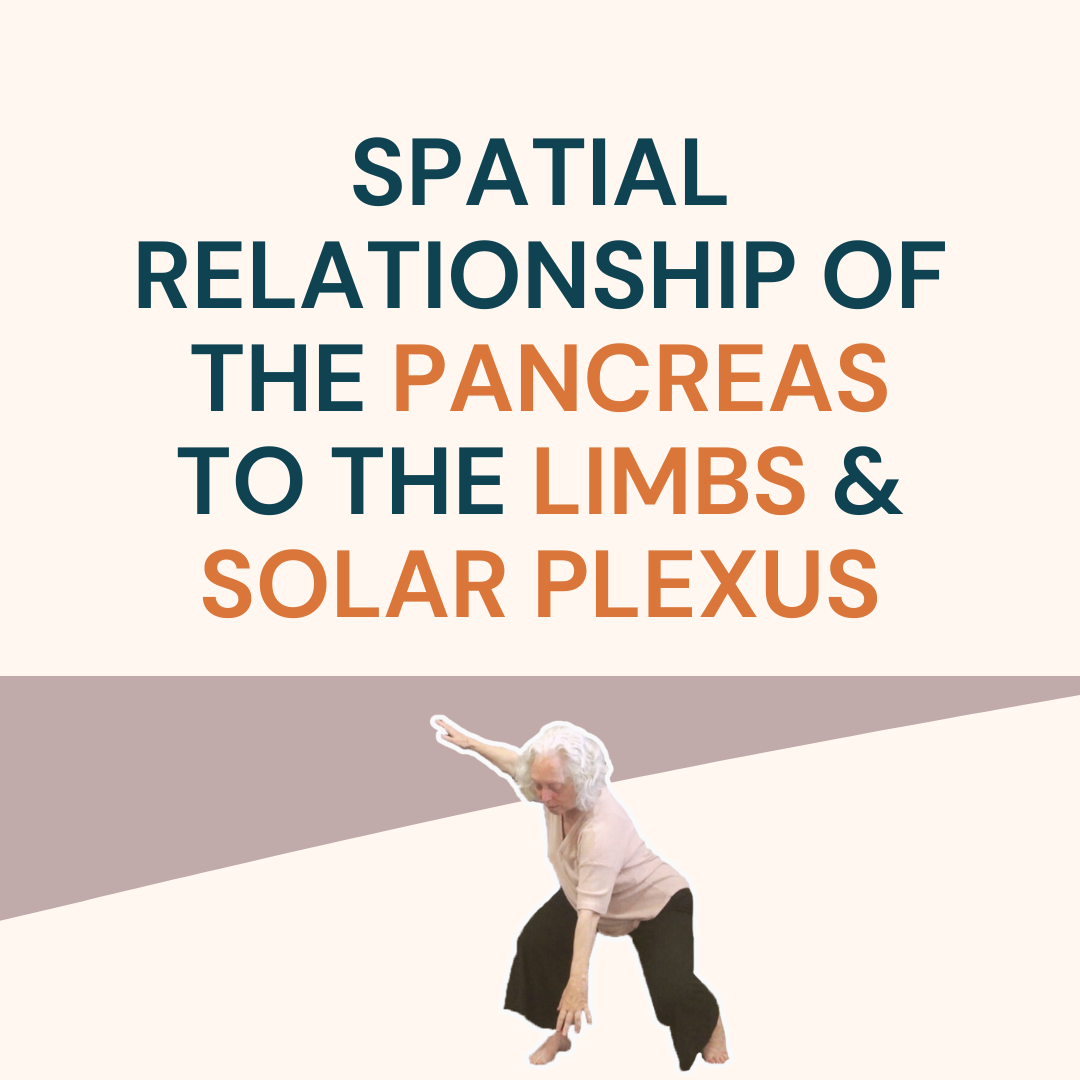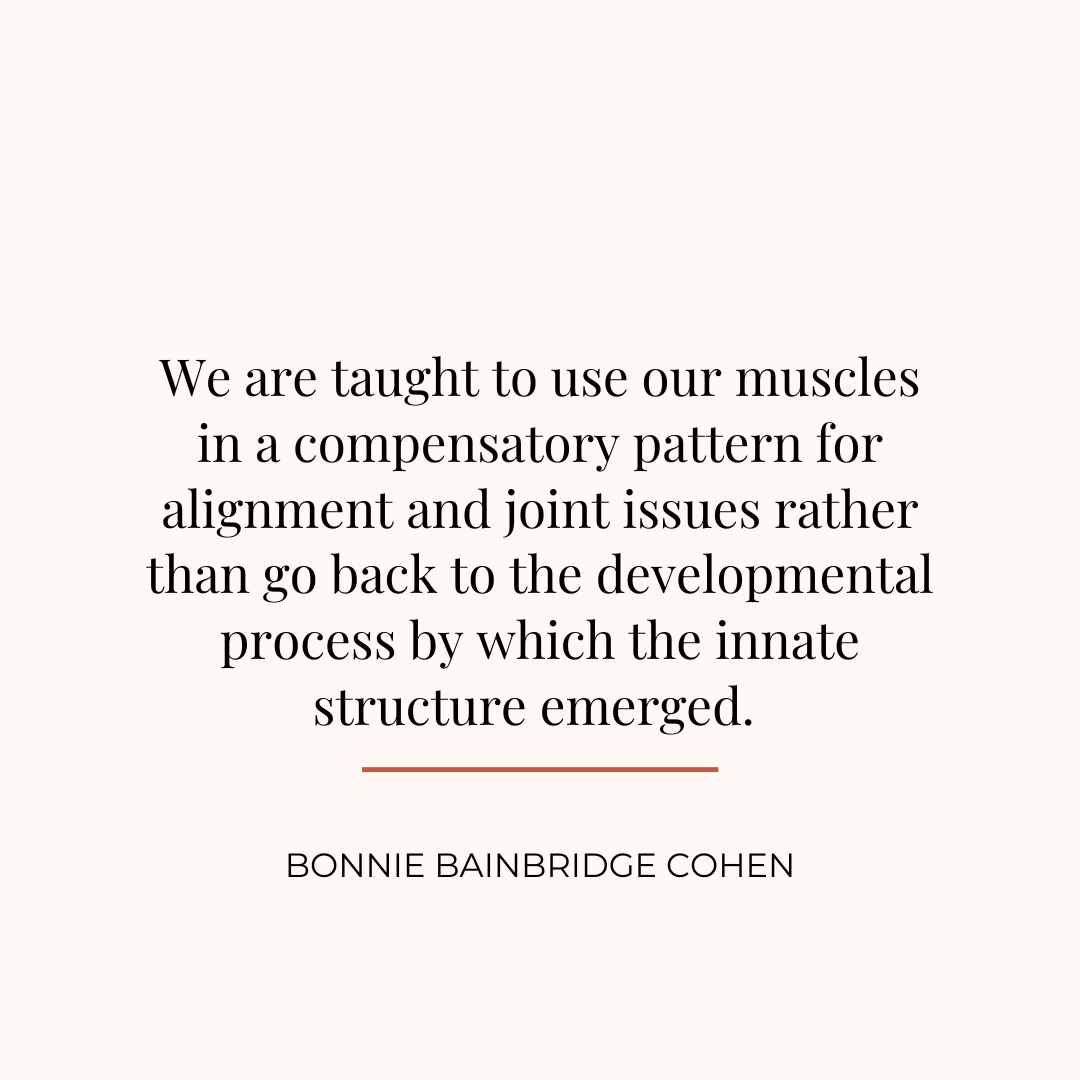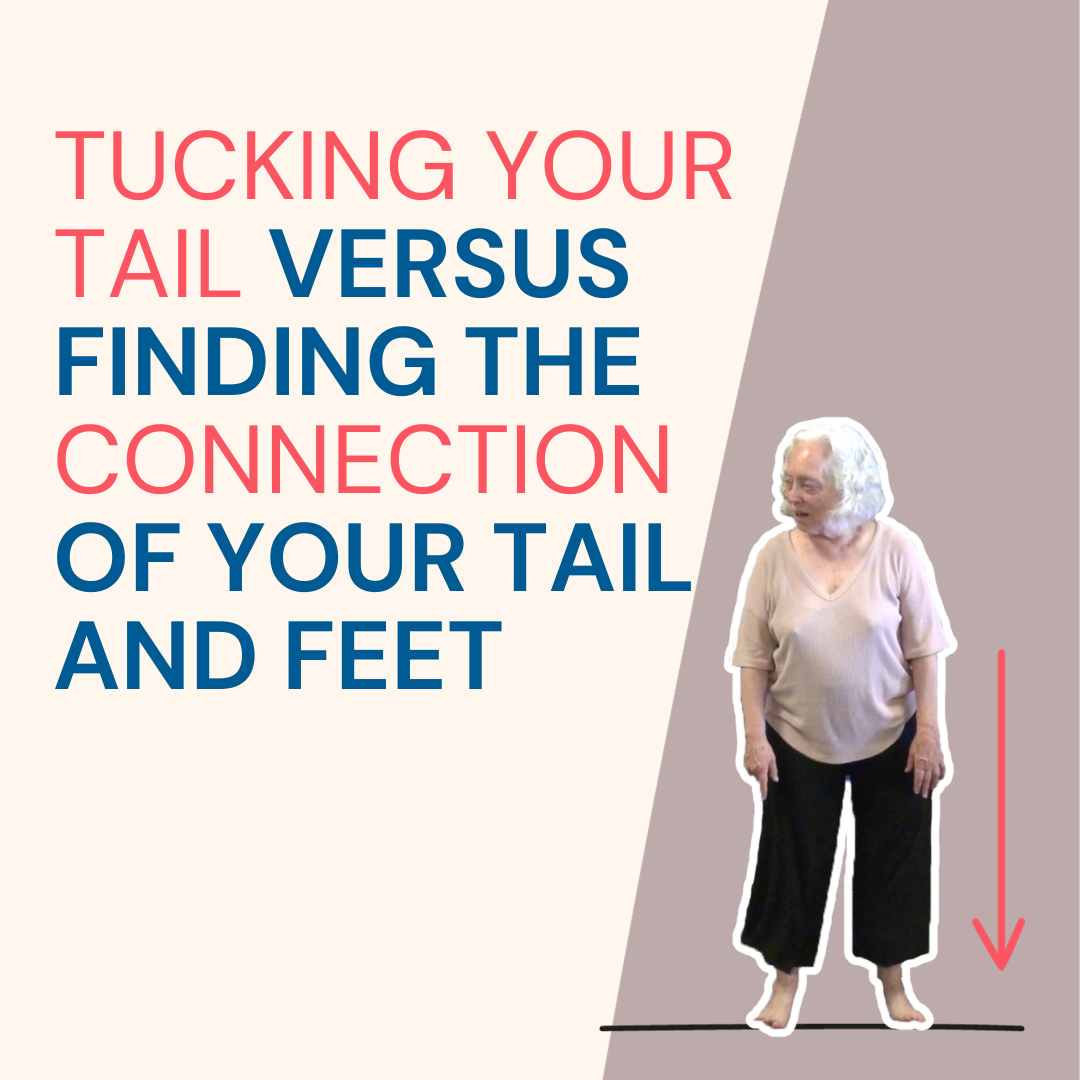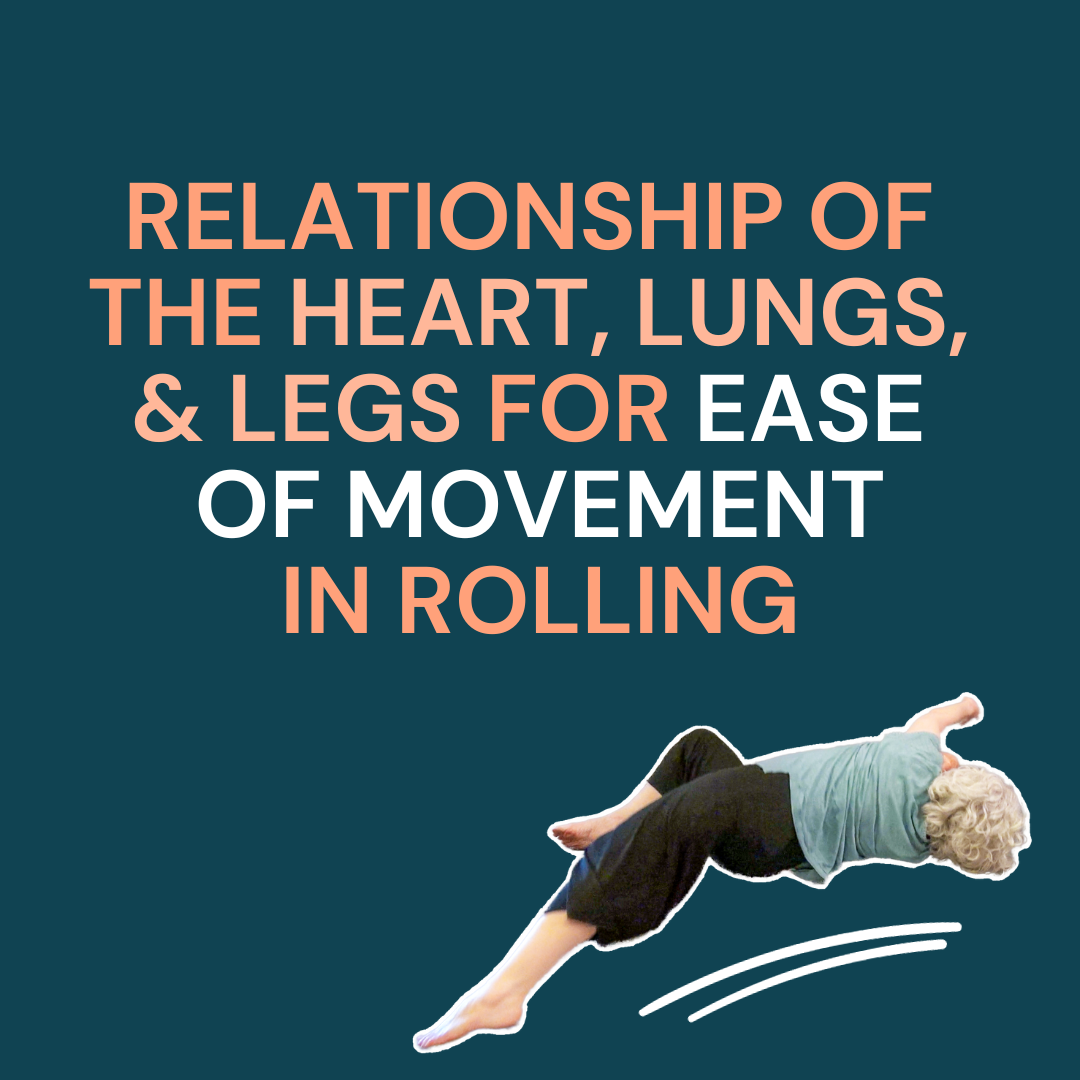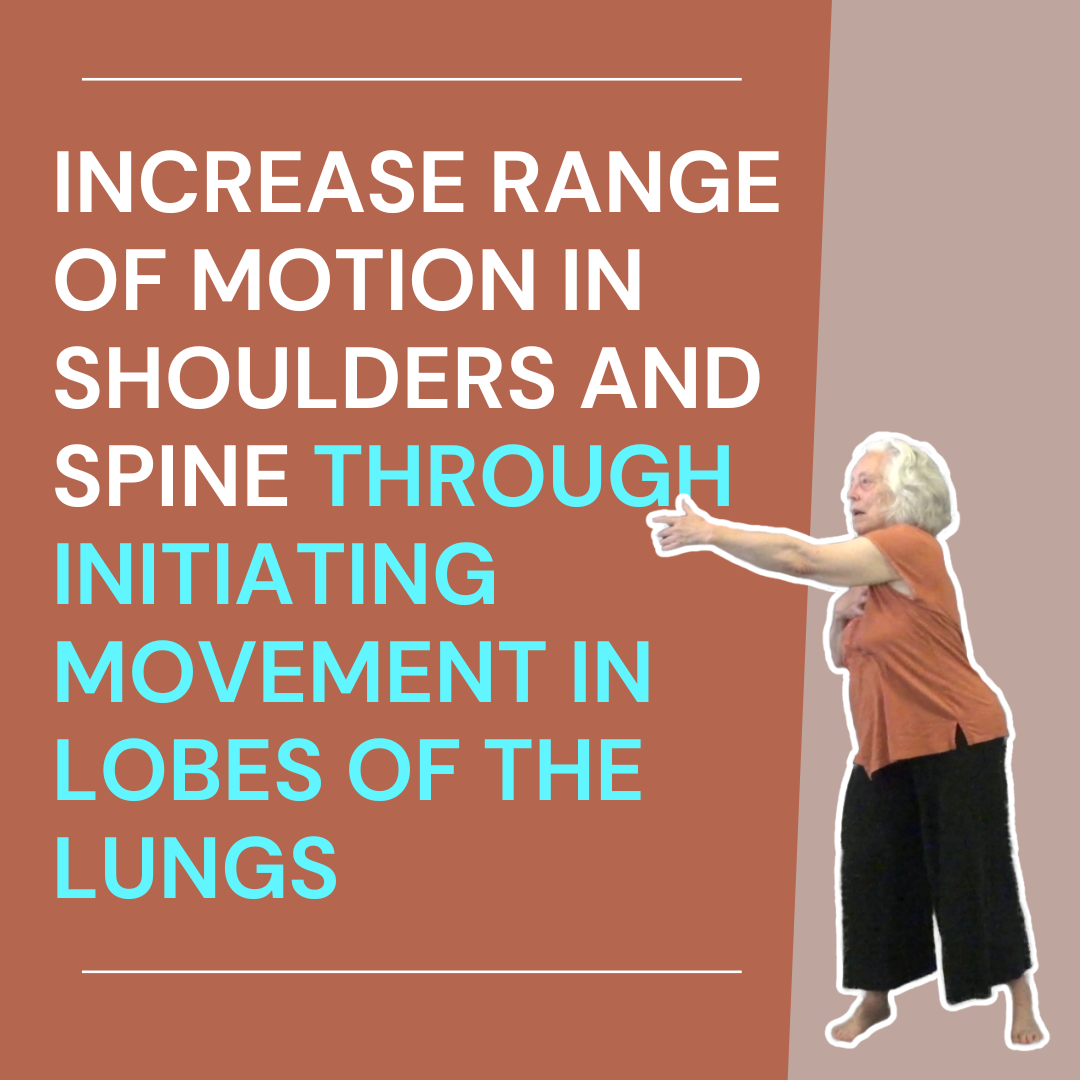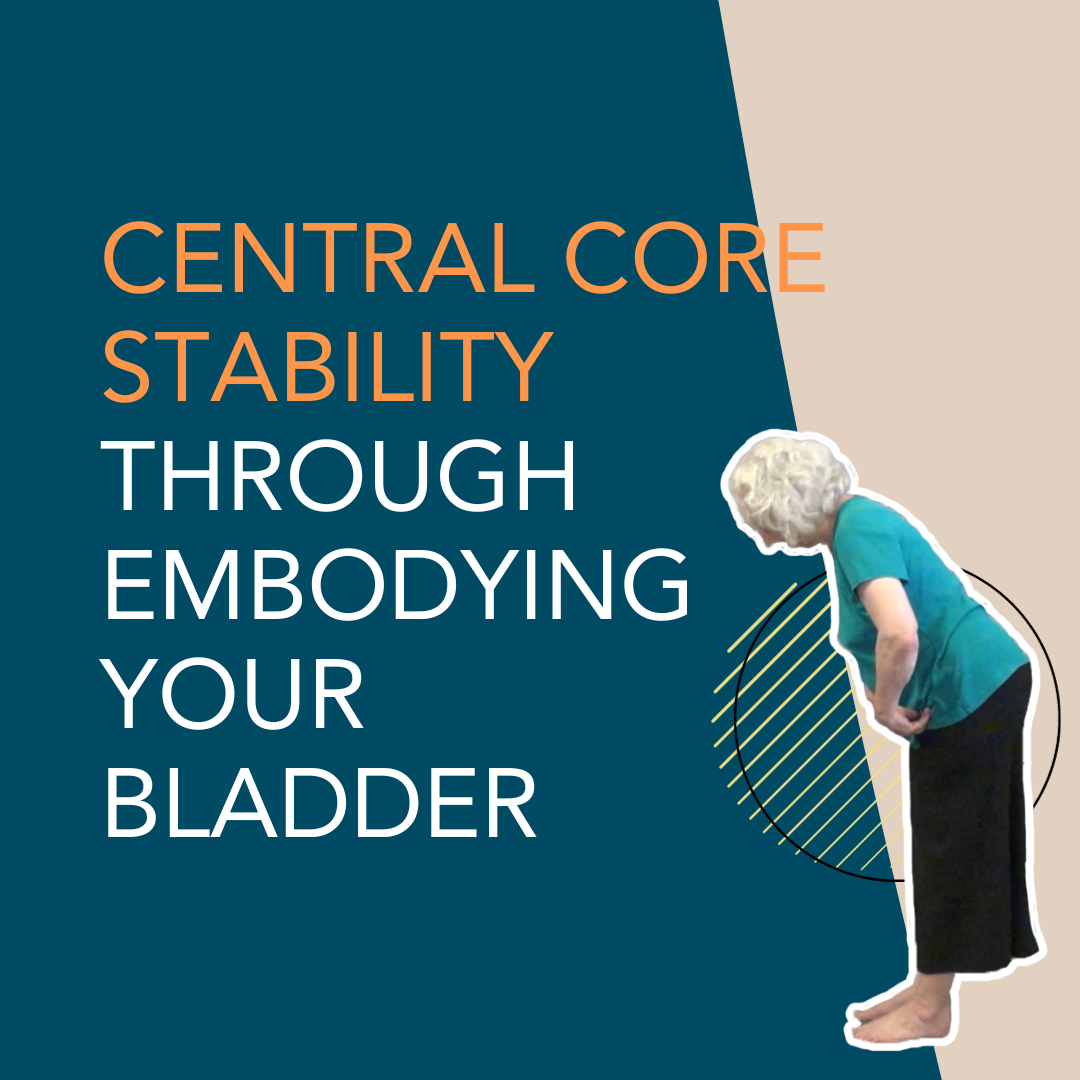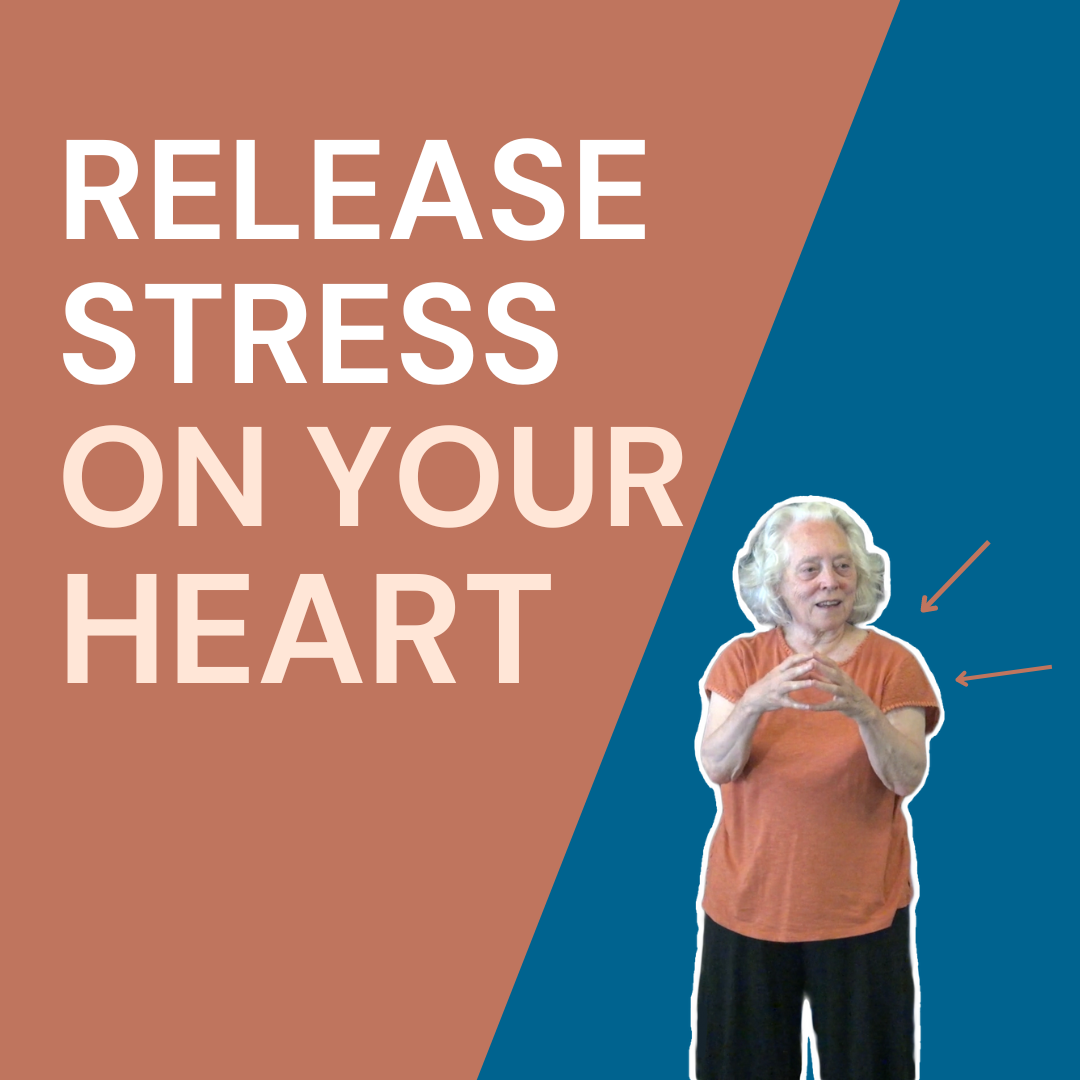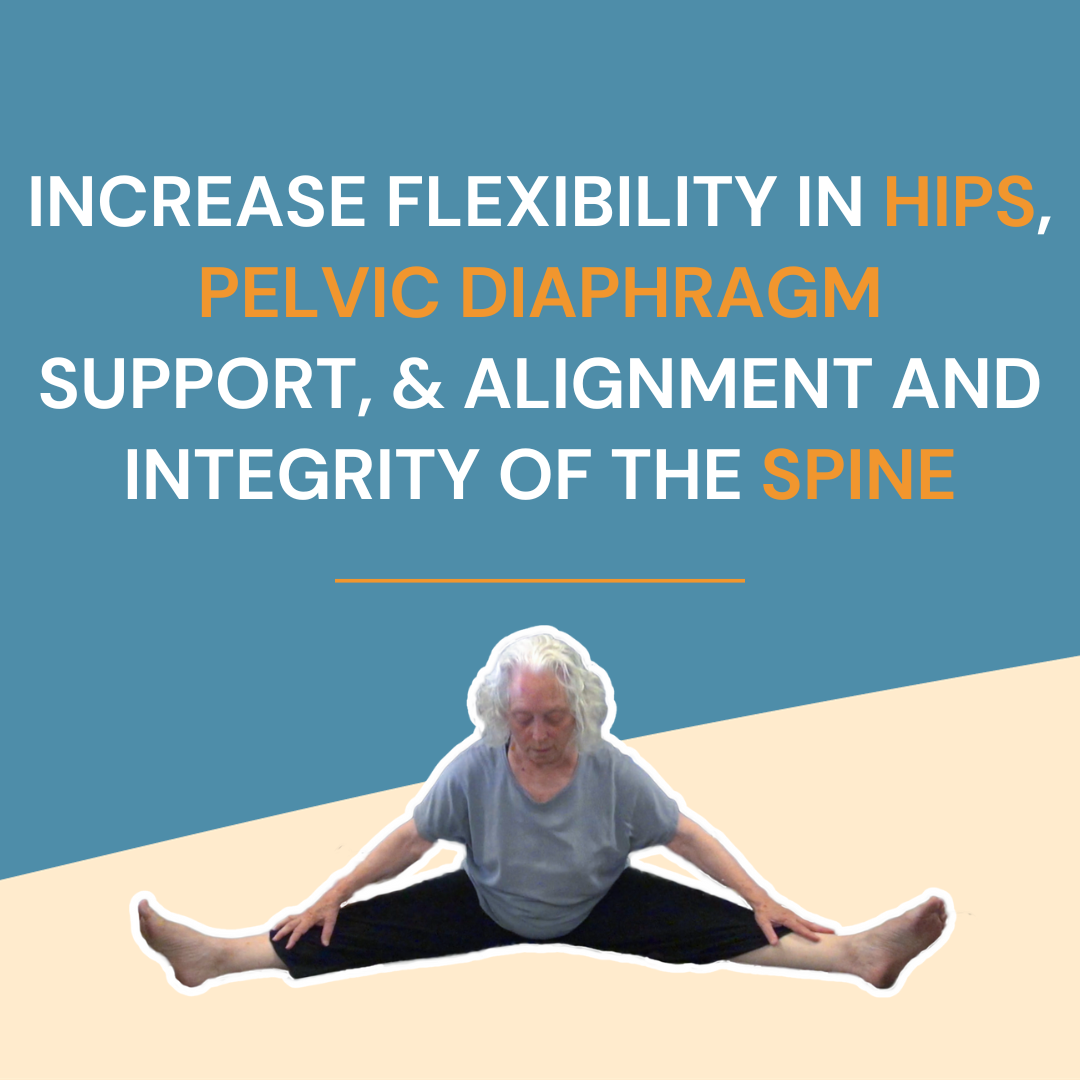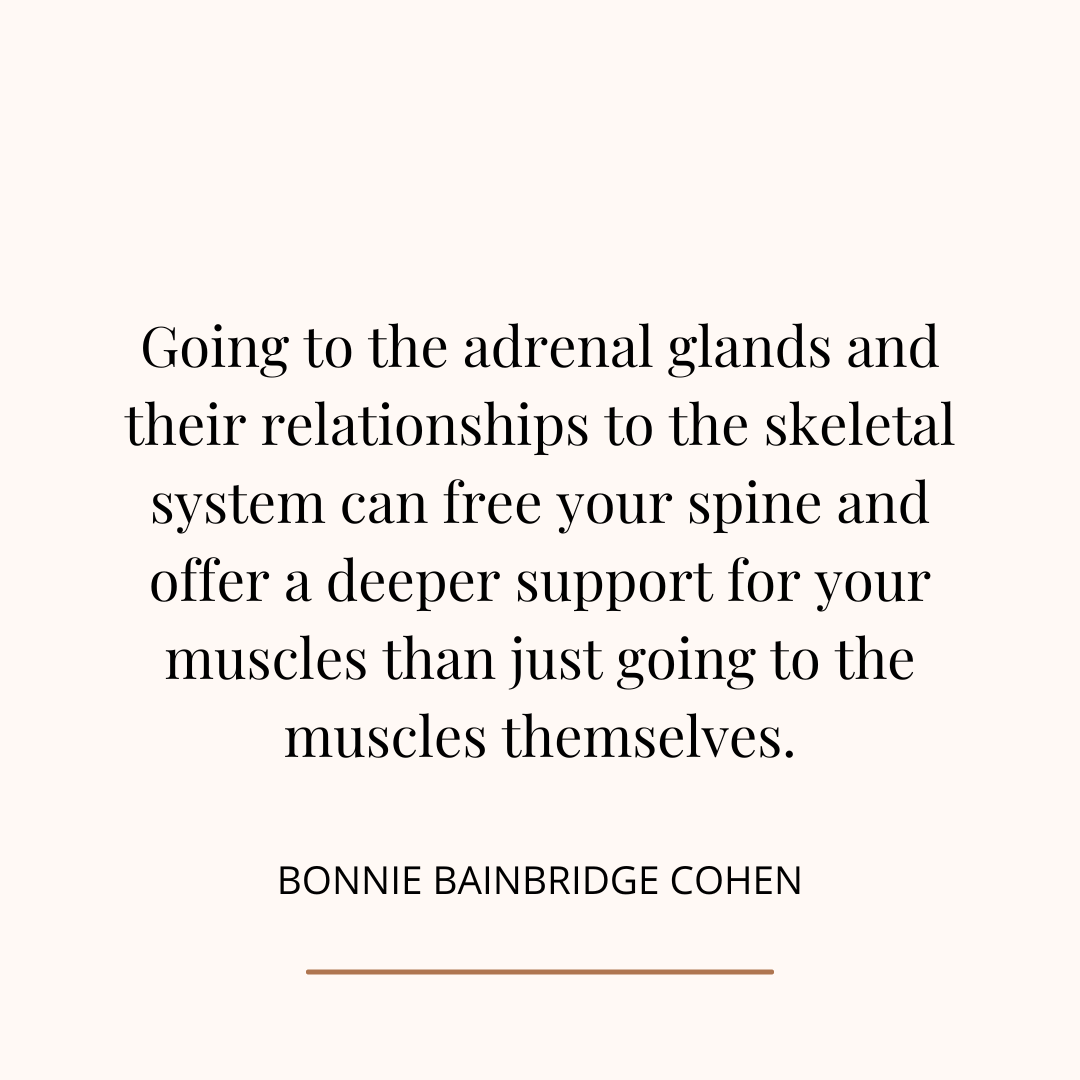In exploring the embodiment of the endocrine glands, I have found that the pancreas and adrenals create whole-body crystalline forms of movement.
Going back to the developmental process by which the innate structure emerged
When there is a problem in an upper or lower limb, going back to their embryological origins can be helpful to recalibrate the length and cellular organization of the limb.
Tucking Your Tail versus Finding the Connection of Your Tail and Feet
A common instruction in yoga, material arts, dance, and other types of movement practices, as well as in rehabilitation therapy modalities is to tuck the tail (coccyx).
Relationship of the Heart, Lungs, and Legs for Ease of Movement in Rolling
The heart and lungs are a ball and socket joint. The heart can rotate inside the lungs and the lungs can rotate around the heart.
Increase Range of Motion in Shoulders and Spine through Initiating Movement in Lobes of the Lungs
Initiating movement from the lungs can increase range of motion in your shoulders and spine, which is different from initiating movement in your muscles.
Central Core Stability through Embodying Your Bladder
When we bend forward, many of us are actually shifting our pelvis and center of weight backward, and bend backward by shifting our pelvis and center of weight forward.
Release Stress on Your Heart through Embodying the Zone of the Isoring
The heart is usually approached as a separate organ that pumps blood through the rest of the circulatory system. In my experience, looking at the heart as a pump puts stress on the heart.
Increase Flexibility in Hips, Pelvic Diaphragm Support, and Alignment and Integrity of the Spine
Many of us are holding in our pelvic diaphragm due to being instructed to pull up and tighten our core and/or to tuck our tail.
Relationship between Adrenal Glands and Core Support
We don’t often think of our endocrine glands as offering us support in our alignment and movement. We are usually instructed to make adjustments through our skeletomuscular system.
